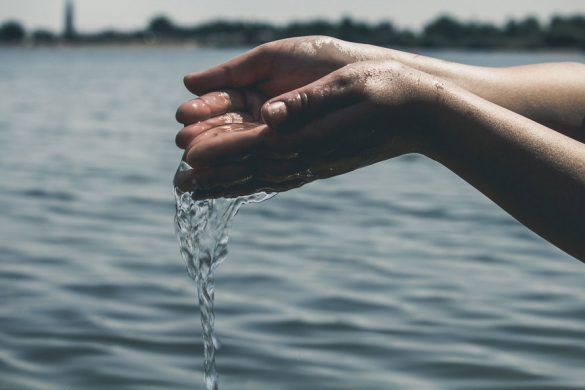WASHINGTON, May, 3 2016: Water scarcity, exacerbated by climate change, could cost some regions up to 6 percent of their GDP, spur migration, and spark conflict, according to a new World Bank report released today.
High and Dry: Climate Change, Water and the Economy, says the combined effects of growing populations, rising incomes, and expanding cities will see demand for water rising exponentially, while supply becomes more erratic and uncertain.
Unless action is taken soon, the report says, water will become scarce in regions where it is currently abundant – such as Central Africa and East Asia – and scarcity will greatly worsen in regions where water is already in short supply – such as the Middle East and the Sahel in Africa.
These regions could see their growth rates decline by as much as 6 percent of GDP by 2050 due to water related impacts on agriculture, health, and incomes.
The report also warns that reduced freshwater availability and competition from other uses – such as energy and agriculture – could reduce water availability in cities by as much as two thirds by 2050, compared to 2015 levels.
Multiply the risk of conflict
Water insecurity could multiply the risk of conflict, the report adds. Food price spikes caused by droughts can inflame latent conflicts and drive migration. Where economic growth is impacted by rainfall, episodes of droughts and floods have generated waves of migration and spikes in violence within countries, it says.
“Water scarcity is a major threat to economic growth and stability around the world, and climate change is making the problem worse,” said World Bank President Jim Yong Kim.
“If countries do not take action to better manage water resources, our analysis shows that some regions with large populations could be living with long periods of negative economic growth. But countries can enact policies now that will help them manage water sustainably for the years ahead.”
The negative impacts of climate change on water could be neutralized with better policy decisions, the report says, with some regions standing to improve their growth rates by up to 6 percent with better water resource management.
A silver lining
“There is a silver lining,” said the report’s author and a World Bank Lead EconomistRichard Damania.
“When governments respond to water shortages by boosting efficiency and allocating even 25 percent of water to more highly-valued uses, losses decline dramatically and for some regions may even vanish. Improved water stewardship pays high economic dividends.”
In the world’s extremely dry regions, more far-reaching policies are needed to avoid inefficient water use. Stronger policies and reforms are needed to cope with deepening climate stresses, the report says.
It outlines policies and investments that can help lead countries to more water secure and climate-resilient economies.
This includes better planning for water resource allocation, adoption of incentives to increase water efficiency, and investments in infrastructure for more secure water supplies and availability.
Sustainable development goal number 6
The report follows the appointment last month of 10 heads of government to a High Level Panel chaired by the UN and World Bank to mobilize effective action to accelerate the implementation of Sustainable Development Goal 6, which focuses on ensuring the availability and sustainable management of water and sanitation for everyone.
During the recent COP21 in Paris, the World Bank announced a significant boost in funding for water programs in India, the Niger River Basin, Morocco and Kenya to help tackle water challenges.















